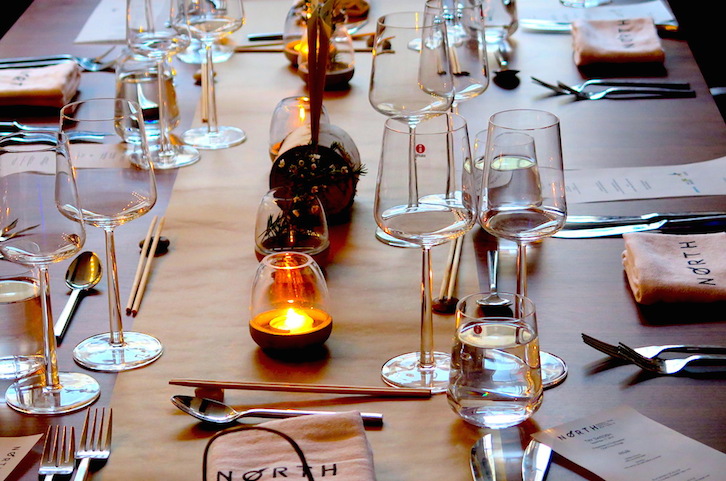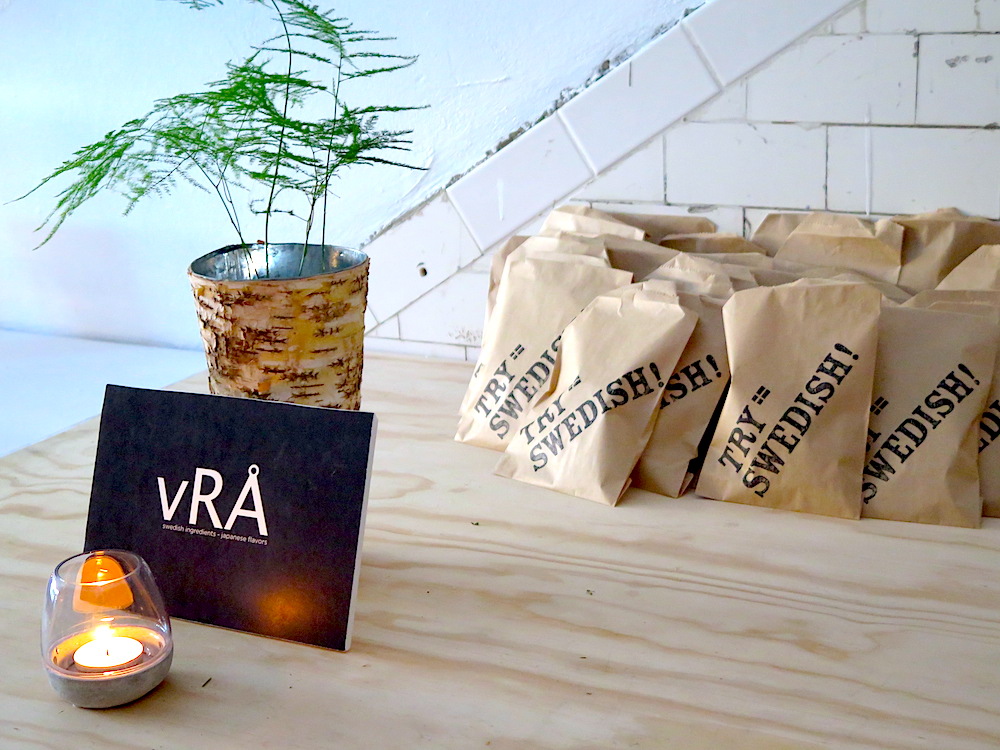In a country that is nearly 97% uninhabited, culinary treasures await those who forage the wild: cloudberries and dewberries, chanterelles and ceps – and a strain of the fabled Burgundy truffle. All this and more in the third largest country in the European Union, a country larger than Germany, with regional cuisines as varied as Italy or Spain.
Swedes love to eat: Thai, Italian, Mexican, French. According to Ami Hovstadius of VisitSweden, however, it’s only been in the recent decade that the Swedish have rediscovered their own culinary heritage, a bountiful smörgåsbord based on seafood, agrarian traditions, and foraging. Not coincidentally, the rebirth of Swedish cuisine has paralleled the global wide acclaim of Scandinavian cuisine.
Notable for a healthy lifestyle and one of the world’s highest standards of living, Sweden inaugurated its Try Swedish campaign in 2008 in order to promote a culinary future as sustainable as it is delicious and nutritious – and in 2012, Sweden was awarded the gold medal in the Culinary Olympics.
With a history of farming grains, livestock, and dairy and a 35,000-island archipelago, Sweden offers a broad diversity of produce from the forest, lake, sea, and meadow. More than 200 types of apples are registered in Sweden – and the world’s best-selling pear cider has been produced by the same family-owned brewery since 1882. Sweden’s long summer evenings enable an ample harvest of wild raspberries, gooseberries, currants red and black, blueberries, crowberries, and lingonberries, as well as rhubarb, ramps, asparagus, and the famed Gotland truffle.
Other culinary delicacies include Swedish belon oysters – and the glistening orange roe known as Kalix gold (or bleak roe), which the Swedes serve atop buttered toast, with a smattering of red onion, crème fraiche, dill, and black pepper – and a spritz of lemon. Something so simple elevated to the ethereal is a hallmark of Swedish culinary style.
A recent dinner celebrating Nordic cuisine and the US launch of Try Swedish featured ostrea edulis, the indigenous oyster from the deep waters of the West Coast, with a mineral-rich taste similar to iron – or, for some people, blood – which was followed by salmon with mirin, dashi, daikon, and roe.
A blackened scallop accompanied green tea noodles served with Swedish kelp. Sashimi halibut with pickled onion was drizzled with browned yuzu butter and streaked with a glistening golden trail of bleak roe. A dessert of cloudberries accompanied by a cream cheese mousse and almonds was evocative of ambrosia.
The chef at the helm of this Swedish feast was Frida Ronge of Gothenburg’s vRA, the raw food and sushi restaurant at the Clarion Hotel Post. In 2013, Ronge was awarded the “Rising Star” award at the world championships of Seven Sushi Samurai in London.
A country of 9.5 million residents, Sweden features thirteen Michelin-starred restaurants, with Sweden as the only Nordic country with two Michelin two-starred restaurants.
Apart from Stockholm with its culinary stars such as Mathias Dahlgren, Scandinavia’s most Michelin-starred chef, Sweden’s other cities are equally noteworthy for their culinary prowess.
Seafood from Gothenburg, the country’s second-largest city, benefits from the city’s locale along the western coast where the cold waters of the North Sea enable fish and shellfish to develop more slowly, resulting in an enriched mineral flavor. Malmo is Sweden’s third city: a hotbed of coffee house culture and home-style restaurants influenced by Copenhagen, which is located a short drive across the bridge.
The home of cellar-aged goat cheese, Jamtland is the dairy capital of Sweden, a UNESCO City of Gastronomy where organic farms dominate and where cheesemakers utilize unpasteurized rennet cheese from un-skimmed raw goat’s milk to be aged in the cellars of each cheesemaker, thereby imparting their own strain of wild mold.
The purity of Sweden’s raw ingredients is nearly unparalleled on the planet, enabling chefs such as Magnus Nilsson to create menus that feature crispy lichens, an autumn leaves broth, and pine-bark cake.
No matter where you eat in Sweden, no day is complete without a “fika.” An inversion of the Swedish word “kaffi,” “fika” is one of Sweden’s more beloved traditions with numerous definitions according to whomever might be enjoying a “fika,” but almost invariably, a “fika” involves a “kanelbullar,” a cinnamon roll flavored with cardamom.
With Sweden’s focus on the new culinary nation, the feast is on.






























